Since we were already almost halfway around the world – the time difference between our home and Bird Island was 11 hours – we decide to spend some time in Arica, which was relatively short hop from the Seychelles (See Bird Island). We decided to go to a new part (for us) of Africa, the Southern Tanzanian national parks of Ruaha and Selous.
One attraction of these parks was that they had very few camps, but that was not all a positive. While it meant for the most part that there were very few, if any, other vehicles on a sighting, it also meant that the animals were not used to safari vehicles, and thus very skittish. Their visibility wasn’t help by the vegetation, which was not like the open plains of the Serengeti, but very bushy.
A highlight was finding a mother leopard on a kill and with her cub.
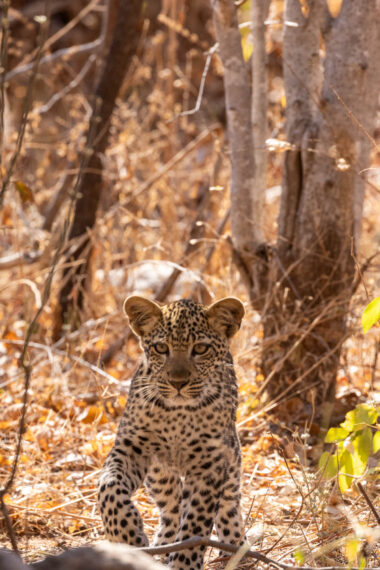
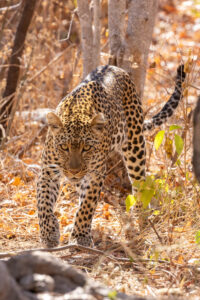
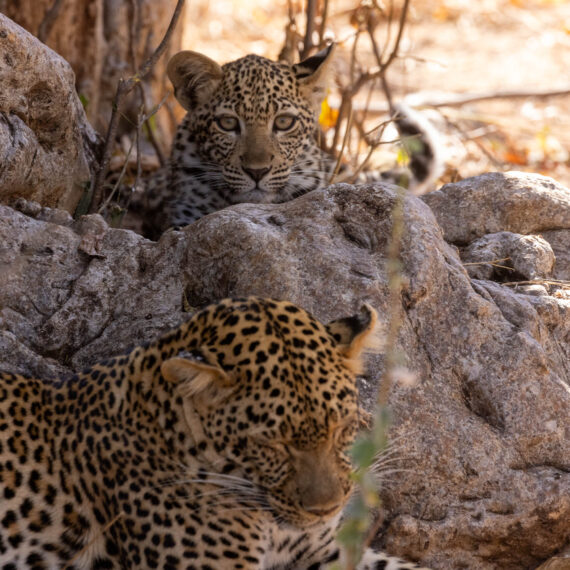
Interestingly the leopard was the only big cat we saw. While we didn’t expect to see cheetahs due to the lack of open plains, we unexpectedly didn’t see any lions. While there were sightings, they were all several hours away, and with a high probability that they would be gone by the time we arrived so we passed on chasing them.
We did see another predator, the wild dog, one of the toughest animals to see in Africa. They are Africa’s wolves and are notorious for their salvage hunts in large packs. We were lucky enough to see them sleeping the afternoon off on a road. Of course, their notoriety and stationary position meant we got to share them with a dozen of our new friends.
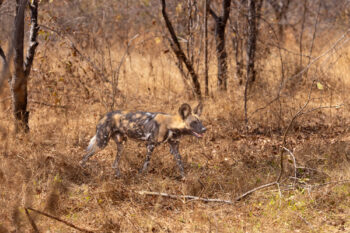
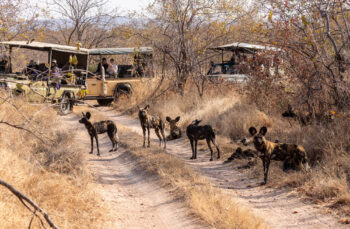
While the vegetation thought the parks was thick and brushy, there was one area that was more open, appropriately called the Little Serengeti, as it shared the openness of the Serengeti of Northern Tanzania. Here we were able to view a river crossing without having to deal with the hordes of fellow tourists (we were the only ones watching) – even if the crossing was across a dry riverbed (but no crocodiles) and by cape buffalo and not wildebeest.
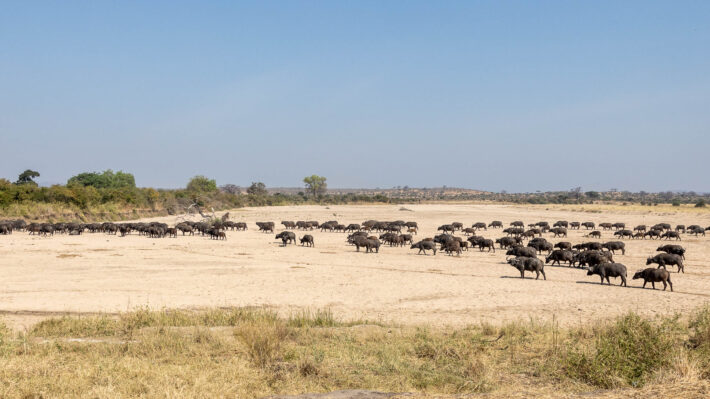
Nature is known for using patterns to help animals survive. Patterns can provide camouflage and/or confuse predators. For us they provided some interesting visual illusions
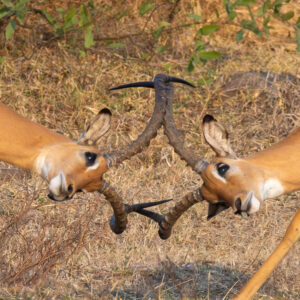
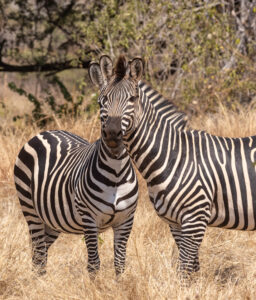
Even more interesting than a wildlife portrait is getting them in motion. Here we got a ground hornbill and an impala moving fast.
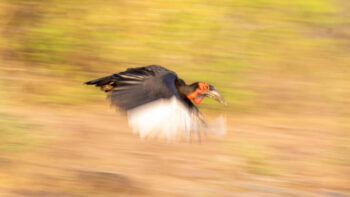
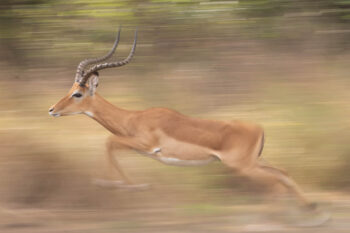
In America the most common eagle is the bald eagle. In Africa one of the most common is the Fish Eagle, which is about the same size. On one of our game drives (on a boat) the Fish Eagles were particularly active, with one stealing a fish from a beautiful saddle billed stork.
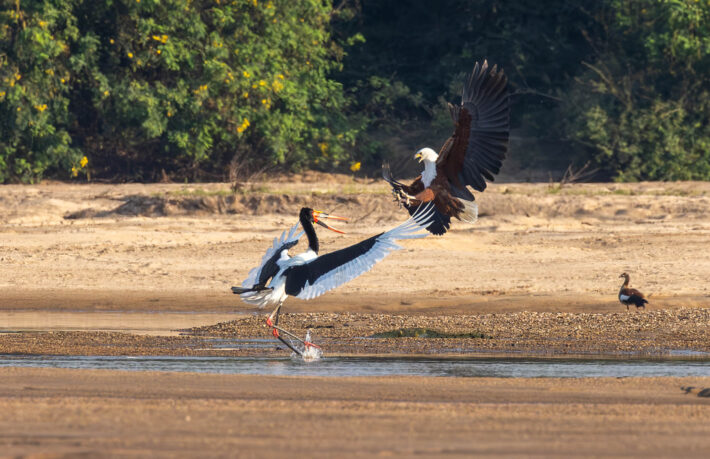
And another defending their territory from a Goliath Heron
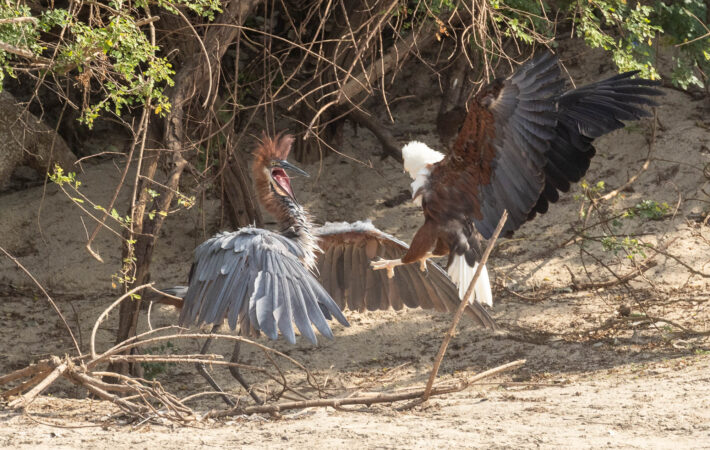
A feature of this part of Tanzania was the baobab trees. These prehistoric looking trees are usually associated with Madagascar’s Baobab Alley, but we saw larger forests in Southern Tanzania.
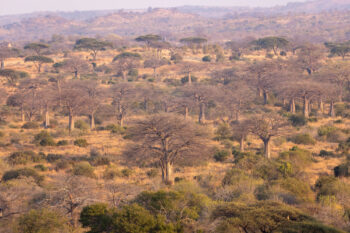
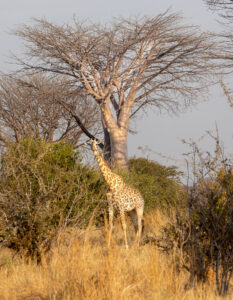
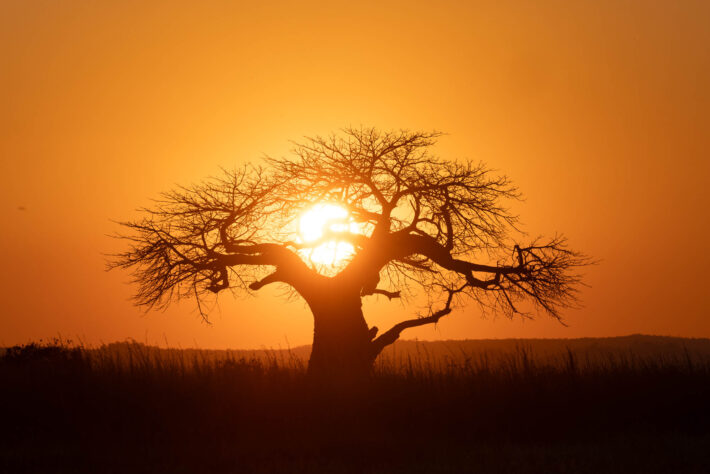
From the heat of the tropics, our next trip is to the Arctic’s Northeast Greenland, which will be a lot cooler, if not outright cold.